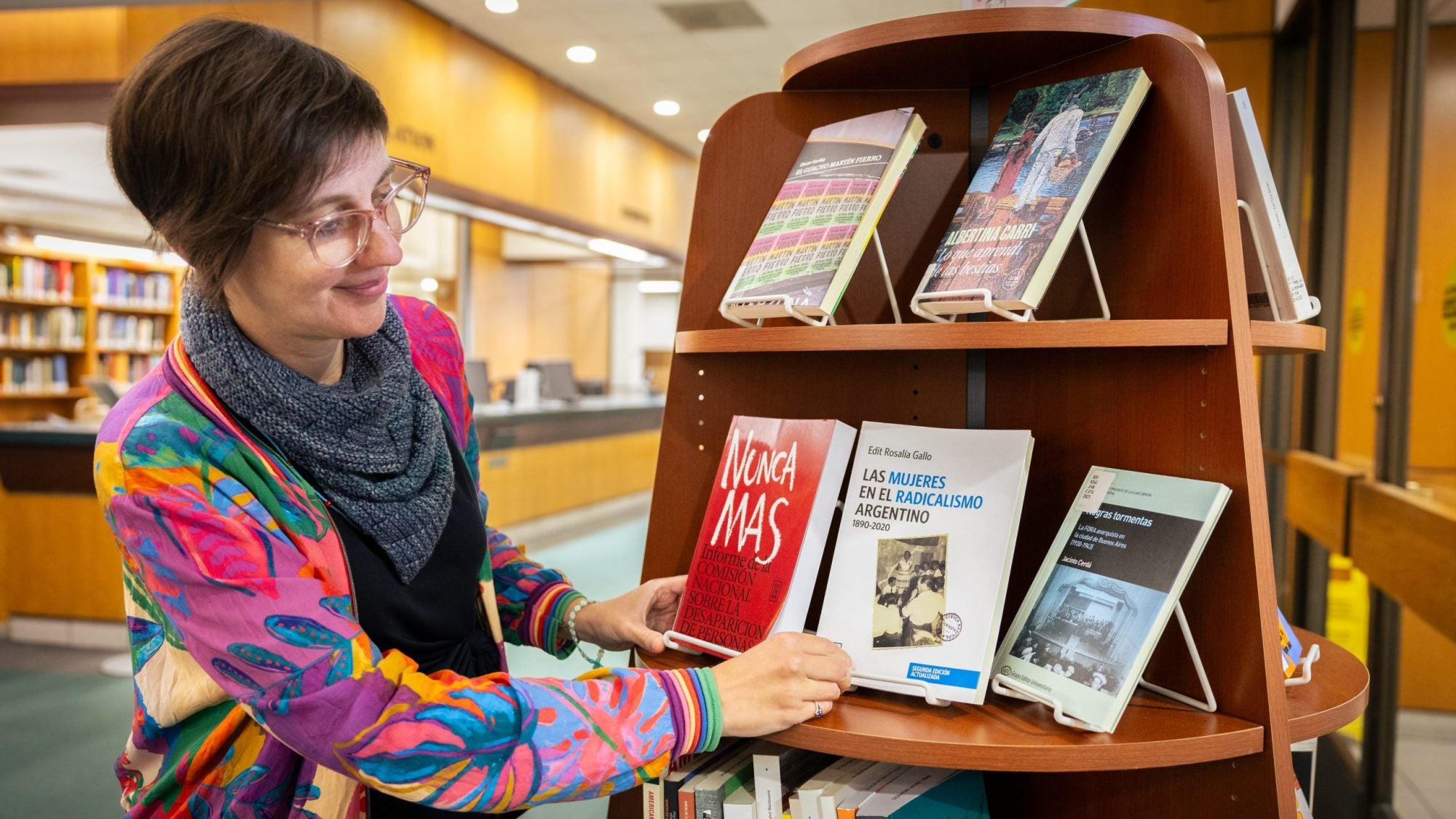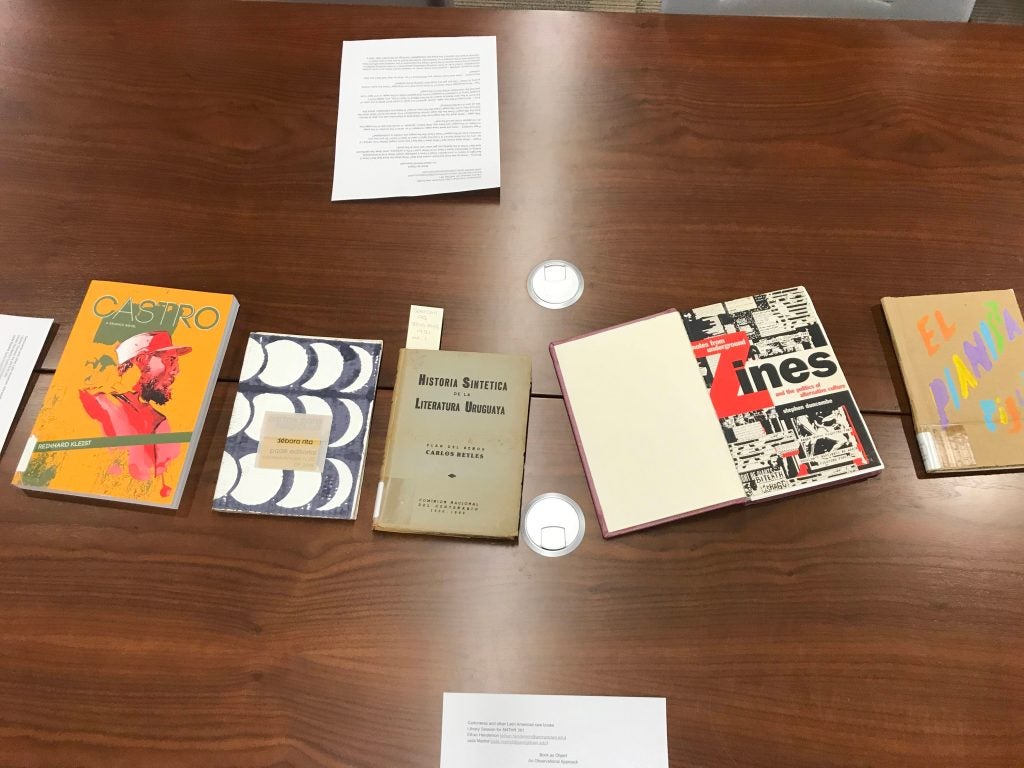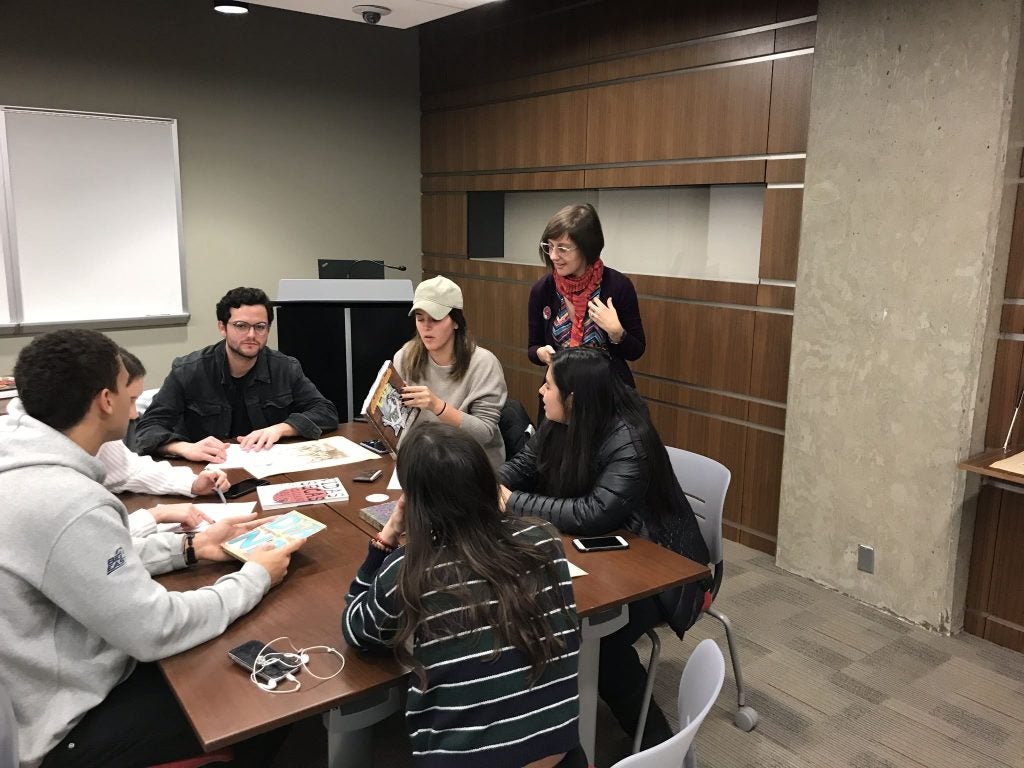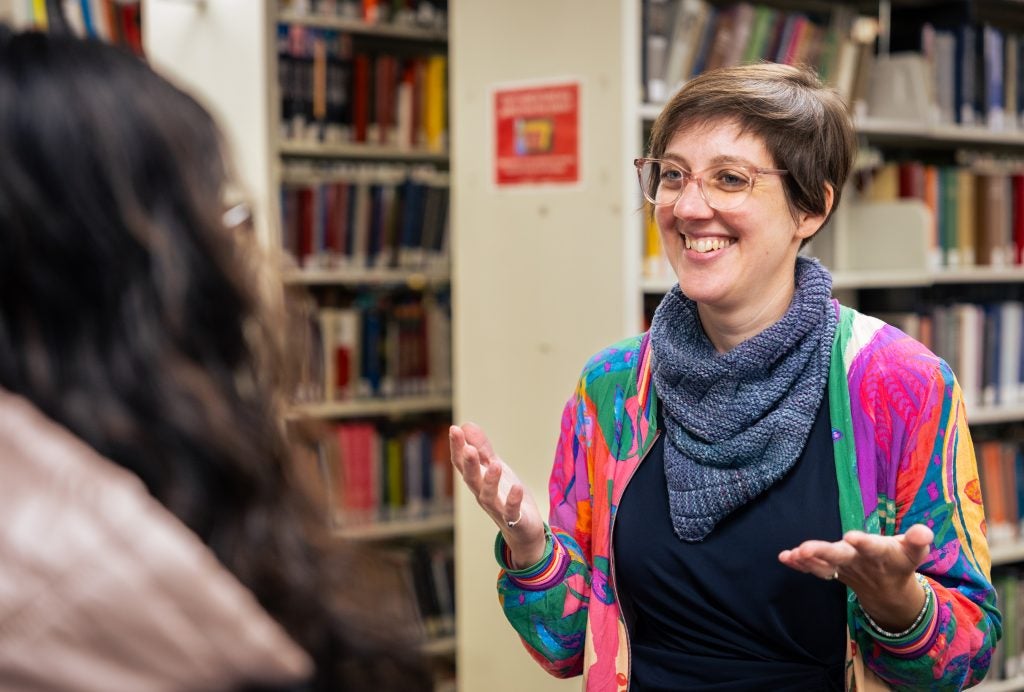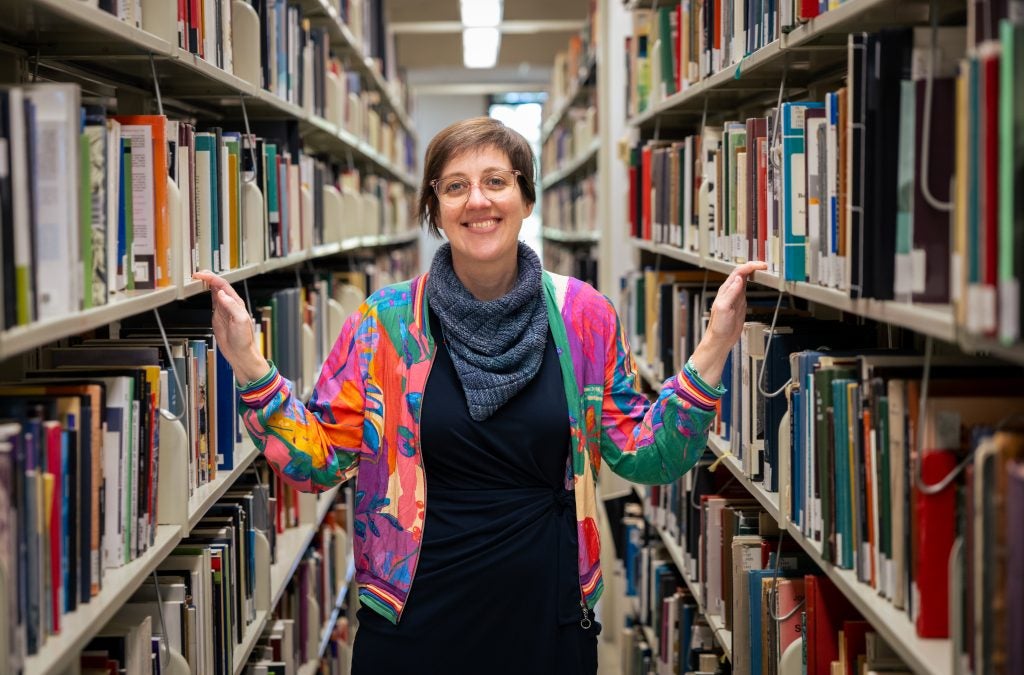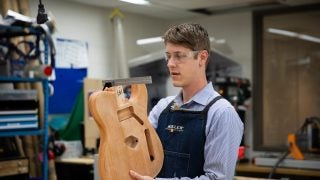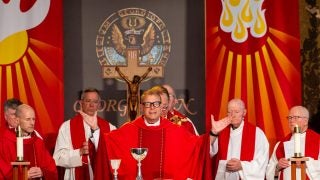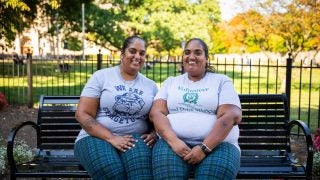This story is part of Georgetown Faces, a storytelling series that celebrates the beloved figures, unsung heroes and dedicated Hoyas who make our campus special.
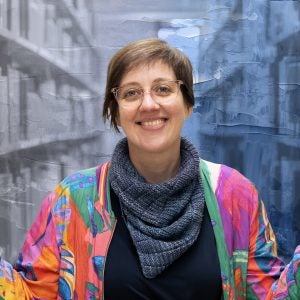
Jade Madrid is the reference librarian for Latin American Studies and Iberian Languages at Georgetown. She hunts down primary sources in Spanish and Portuguese and helps students access a wealth of resources to deepen their research.
In addition to her library expertise, Madrid has her own backstory of experiences abroad that enrich her work.
While studying abroad in college, Madrid fell in love with the city of Madrid, its language, its people and culture. She spent a gap year there teaching English during college and returned as soon as she graduated from Eugene Lang College in New York City.
“My world kept expanding,” she said.
Madrid went on to teach English in Buenos Aires and work in libraries in Mexico City and Antigua, Guatemala. She earned a master’s degree in library science from Simmons College and in Latin American Studies from Tulane University, where she also learned Portuguese.
Since arriving at Georgetown in 2017, Madrid has found her international experiences continue to inform her work with students.
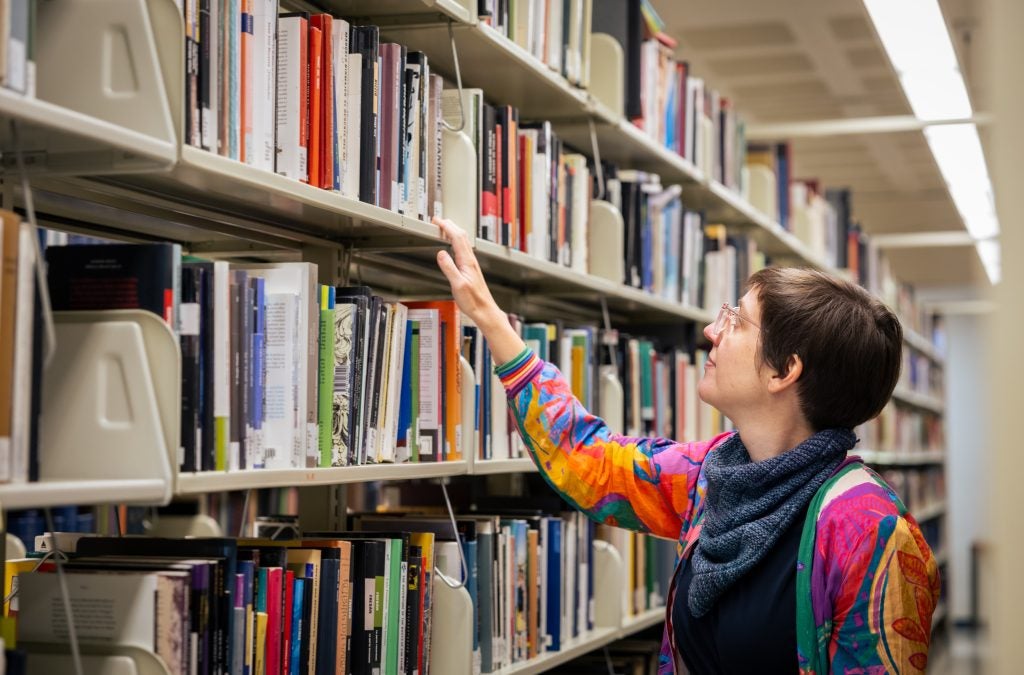
“Having lived and worked abroad for over five years in Latin America and Spain has really complimented my work at the university,” she said. “I think a lot of students also come with a broad range of experiences in other countries and languages, whether it be from their family, their academic focus or both.”
As a reference librarian in Lauinger Library, Madrid teaches library sessions in Spanish and English, such as an upcoming literature class that will focus on rare books by St. Teresa of Avila and Miguel de Cervantes from the Booth Family Center for Special Collections. She offers one-on-one support and guidance for students seeking resources in their area of research and attends book fairs in Spain and Latin America, sharing finds from her travels in Lauinger Library.
“Students are keen to find sources published outside of the U.S. and a big part of my job is helping them make that happen,” she said.Madrid is also the subject specialist for Italian, LGBT Studies, and Women’s and Gender Studies and creates research guides on related topics. The constant learning energizes her, she said.
“I find it all really invigorating and feel very lucky that there’s always something that I can learn from students or faculty,” she said.
Learn more about why Spanish hooked her, the 500-mile walk that changed her life course, and one thing students may not know about her and her work.
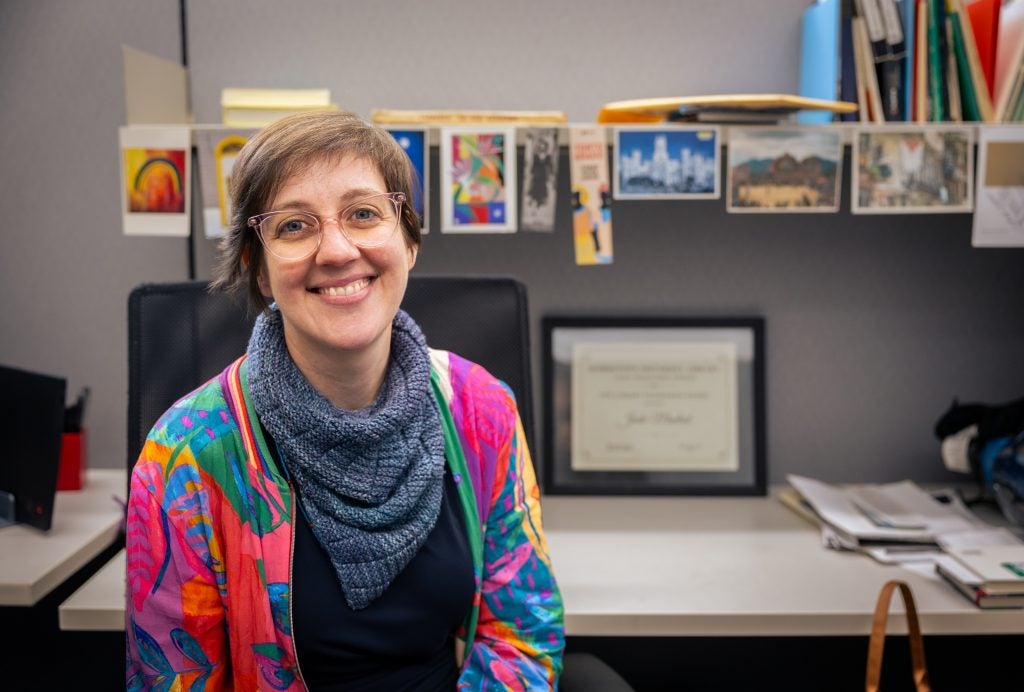
Why the Spanish language hooked me: It’s almost inexplicable. Where and when I grew up in Ohio, I don’t think I ever heard other languages. When I started learning Spanish in middle school, I was really drawn to it. For me, it’s connecting with people. I feel like it is the key component to connecting with a lot of other people. I also just love it.
How I knew I wanted to live abroad: When I was at the New School, I did a semester and summer abroad at the University of Amsterdam. I visited Spain for the first time, and I was like, ‘oh.’ I had been studying Spanish for a long time, but I had never been to a Spanish-speaking country.
It was like my world kept expanding. I’m from Ohio, and my mom said you can only study in Ohio. I went to the University of Kentucky. At first it was a loophole. Then I went to New York for a summer, and I stayed. My world expanded from Ohio to New York to Madrid. I took a gap year during my degree and taught English in Madrid.
It was a very charmed, wonderful life experience, learning the language, making friends living in this other city.
My breakthrough on a 500-mile walk through Spain: It was hard to learn Spanish in Spain. I was teaching English, and I lived with English speakers. I was always seeking out people speaking Spanish, but it was difficult for me.
At the end of the gap year, I did the Camino de Santiago. On that walk, the foreigners stuck together and then all the Spanish-speaking people stuck together. I went with the Spanish-speaking people. I finally had a breakthrough in terms of speaking Spanish and being able to communicate much more comfortably than I had before.
It felt like the culmination of that year. It made me want to stay. I decided when I went back for my senior year in New York, I wanted to go back and live in Madrid again.
I learned Portuguese: while working and studying at Tulane University. At first my professor corrected me constantly, for speaking Portuñol (Portuguese + Spanish). But I started attending conversation groups with Brazilians, and just like with Spanish, I immediately saw how language could open up my world, again.
At Georgetown, I’m enrolled in a Portuguese class. Just a couple of weeks ago I did an orientation for visiting researchers from Brazil in Portuguese. What a gift!
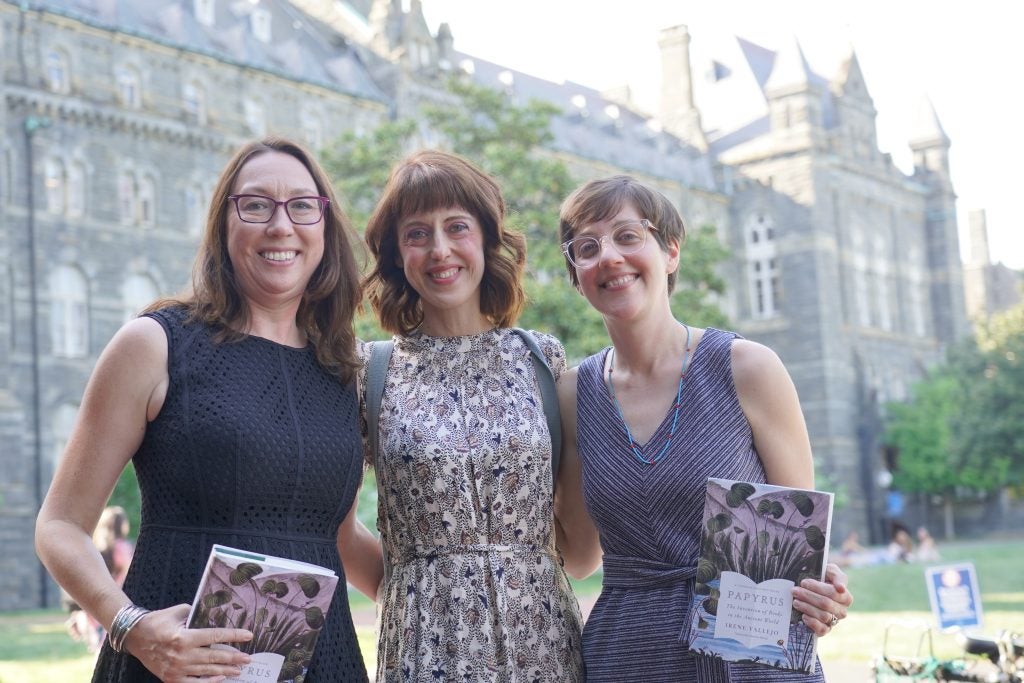
Why I wanted to be a librarian: Working as a teacher, I was always interested in teaching and working with students, but I feel like working at the library is a way to get at that from a different angle. I think the power of information — librarians say information literacy — is important for students to know how to look for things and where to look and how to do research. I like being part of that process.
The other thing is I am an area studies librarian. What I feel so passionate about that is that these are students who are writing papers about, say, something in Latin America. It’s so important for them to have access to resources in Spanish or Portuguese. In many prestigious programs like here at Georgetown, there’s more of an expectation that students will find sources in those languages. I think that also helps make things come alive for the students connecting with sources that were published in the region.
